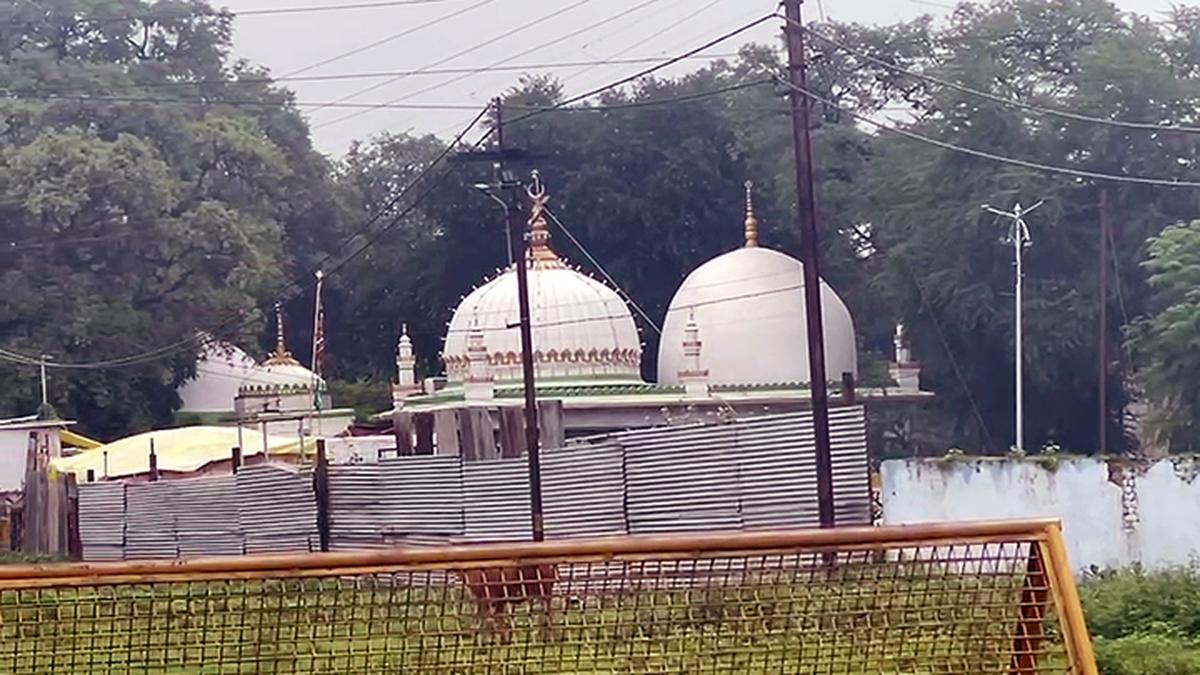The Archaeological Survey of India (ASI) has made significant discoveries at the Bhojshala complex in Madhya Pradesh. Their recent survey reveals that the structure was constructed using remnants from an ancient temple.
Historical and Cultural Importance
The ASI’s investigation underscores the historical and cultural significance of the Bhojshala complex. The materials used in its construction date back to a period when temples were prominent in the region. This discovery adds a new dimension to the understanding of the Bhojshala complex’s origins, highlighting its importance in India’s rich heritage.
Interest from Historians and Archaeologists
Local historians and archaeologists are particularly interested in these findings. They provide deeper insights into the architectural practices and cultural exchanges of ancient times. The use of temple remains in constructing the Bhojshala complex points to a possible era of reuse and adaptation, reflecting the evolving nature of religious and cultural landscapes in India.
Ongoing Research and Future Plans
The ASI plans to continue its research and excavation at the site. They aim to uncover more details and artifacts that could further illuminate the history and construction methods of the Bhojshala complex. This ongoing research promises to contribute significantly to the preservation and understanding of India’s architectural and cultural history.
Multiple Choice Questions (MCQs):
- What recent discovery has the Archaeological Survey of India (ASI) made at the Bhojshala complex?
- A. The complex was built using new materials.
- B. The complex was built using remnants from an ancient temple.
- C. The complex was a burial site.
- D. The complex was a market place.
- Answer: B. The complex was built using remnants from an ancient temple.
- Why are local historians and archaeologists interested in the findings at Bhojshala complex?
- A. They provide insights into ancient architectural practices and cultural exchanges.
- B. They reveal new market trends.
- C. They indicate the presence of ancient burial grounds.
- D. They highlight modern construction methods.
- Answer: A. They provide insights into ancient architectural practices and cultural exchanges.
- What does the use of temple remains in constructing the Bhojshala complex suggest?
- A. It was a modern innovation.
- B. It points to an era of reuse and adaptation.
- C. It was a common practice in market places.
- D. It indicates the presence of an ancient palace.
- Answer: B. It points to an era of reuse and adaptation.
- What are the ASI’s plans regarding the Bhojshala complex?
- A. To demolish the site.
- B. To continue research and excavation.
- C. To build a new structure.
- D. To convert it into a market place.
- Answer: B. To continue research and excavation.
- How does the recent discovery affect the understanding of the Bhojshala complex’s origins?
- A. It simplifies the historical context.
- B. It adds a new dimension to the understanding.
- C. It has no impact.
- D. It confuses the historical timeline.
- Answer: B. It adds a new dimension to the understanding.
